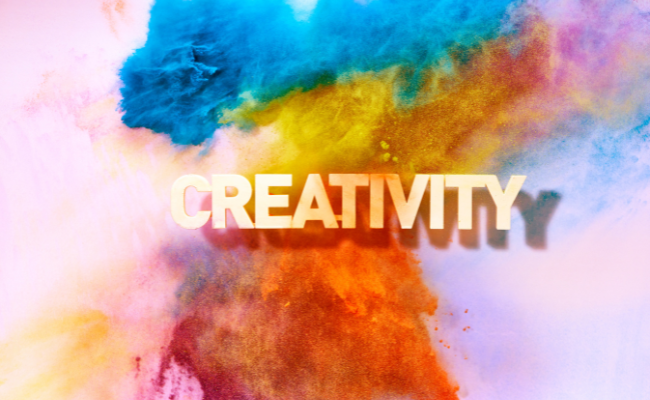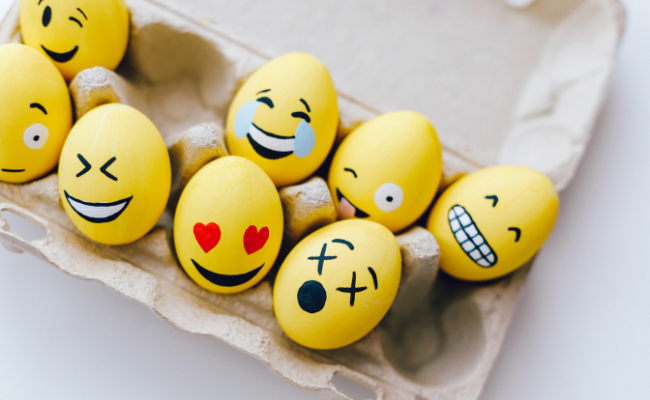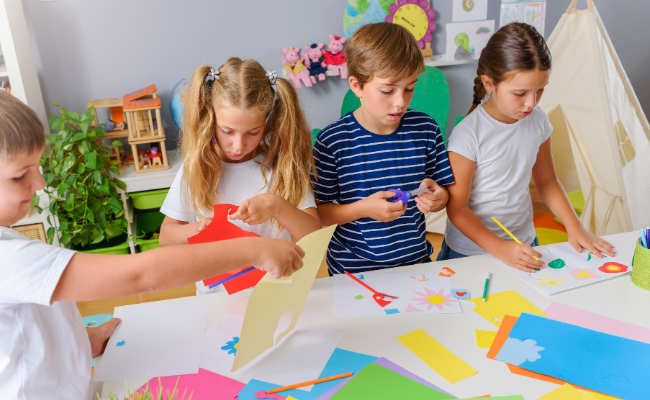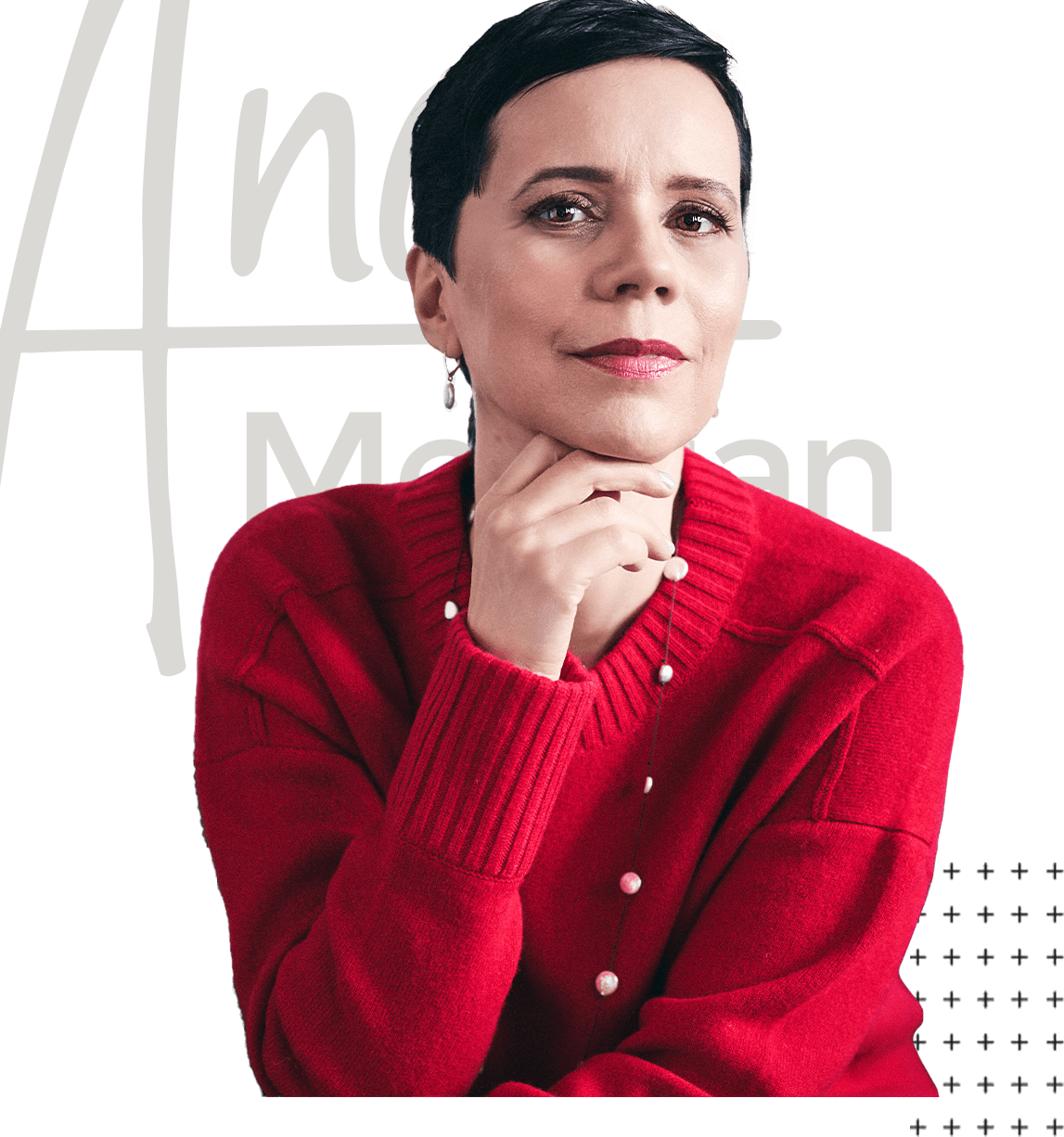Uncovering Your Brilliance with Lane Gardner
“Creativity, in my view, is simply expressing part of yourself—your essence—in a way that only you can do.”
– Lane Gardner
I had the pleasure of speaking with Lane Gardner, singer/songwriter, speaker, mental-wellness coach, author of Lifeline, and founder of Thread Connects, a therapeutic arts non-profit organization.
We discuss:
- Expanding the definition of creativity
- Disbanding our inner critic and embracing expression
- The power of collaboration in creative expression
Expanding the definition of creativity

What do you think of when you hear the word “Creativity?” Maybe it’s painting, or dancing, or music. Maybe you even feel like you’re not able to be creative because you consider yourself more “Left-brained.”
The truth is creativity doesn’t require a traditional outlet. It exists inside of any number of seemingly mundane tasks and activities.
“I believe that creative expression is our personal toolbox for well-being,” Lane says. “Creative expression benefits our mental health, our brain, cognitive health—it even benefits our relationships.”
Allowing ourselves to lean into creative expression helps us improve our relationship with ourselves and, as a result, our relationships with others personally and professionally. Creativity helps us understand ourselves better, which leads to greater fulfillment and authenticity.
“Creativity helps us tap into our imagination on deeper levels so we can solve problems better. We can be more innovative. We can be more courageous because we feel more confident; we know more about ourselves,” she continues.
We don’t have to be master painters to benefit from creativity. We don’t have to compose outstanding ballads or dream up fantastical worlds.
Think of when you were a child—you most likely got some level of praise and encouragement for even the most rudimentary drawing or craft. We encourage children to create because creating is one of the best ways to learn.
Why do we let that fade as we age? Creating is just as important in adult life as it is in childhood if only we allow ourselves to create in a way that ties into what lights us up—and not only things we’re “Good” at.
Disbanding our inner critic and embracing expression

Creativity can be intimidating for adults. By the time we reach adulthood, most of us have a pretty strong inner critic that berates and judges us when we fall short and works to keep us in our comfort zone.
“We need to know that we're in a safe space to express ourselves,” Lane says. “What is difficult for adults is that we might feel a little vulnerable expressing our authentic self and using our authentic voice. And I don't just mean singing. I mean our essence. Creating a safe space, having a safe space, is fundamental to being in the creative process.”
It’s hard to find that safe space if our own minds are shooting us down at every turn. It’s human nature to shy away from things that frighten us and work to stay comfortable.
But right next to the inner critic is an inner cheerleader who wants us to win and encourages us to branch out and experiment—in the creative process, especially when trying something for the first time, that voice should be louder than the critic.
“The power of creativity and creative expression is it; it does help to unearth and polish the jewel that is only you. Nobody else is like you, and nobody else expresses themselves just like you. That's what makes you brilliant and beautiful,” she continues.
The heart of Lane’s company—Thread Connects—is helping people connect and heal through their most trialsome experiences and struggles. She guides groups and individuals into a space of expression and creativity.
She did just that with a group of students who had recently gone through a school shooting. They wrote and composed a song as a vessel for the overwhelming emotions caused by their trauma, even though only one out of the group had a musical background.
From football players to backstage crew, everyone contributed, and they were able to express the whirlwind of feelings in their hearts and minds.
The power of collaboration in creative expression

Those kids were scared, confused, and shaken—they felt misunderstood and alone, unheard. But when they banded together through the guidance of the Thread Connects team, they were able to not only find their voices but have them be heard.
Sometimes, we may feel inadequately equipped to work through a problem or an event. That’s okay. Collaboration is one of the prime paths to healing and understanding—we don’t have to face the process alone.
Progress flows easier when we have a hand to grasp, different perspectives, and unique strengths throughout a group.
“Being able to bring collective collaborative projects to a company, to an organization, to a community, it can be beneficial on so many levels,” Lane says. “And really what it does is it not only does it create connection—which is something that I think we're all very much in need of—but it also helps us to see what we have in common.”
The humanness we feel through the creative process that we witness in other people’s creative processes—that is what unifies us. That strengthens the fabric of our society when we see the humanity in each other. It doesn't mean that we don't have differences, but at the end of the day, we have such similar human experiences, and that's how we find common ground.
“The arts have always done that,” she continues. They've always told the story of who we are and who we've been and who we might become.”
How do you express your creativity? When was the last time you tuned out your inner critic and let yourself enjoy a creative pursuit?
Be sure to check out Lane’s full episode for further insight into the creative process, and learn more at LaneGardner.com!








